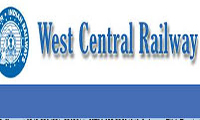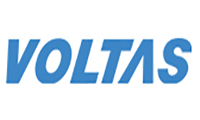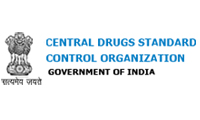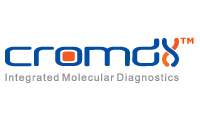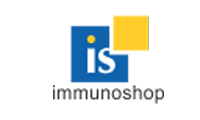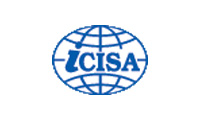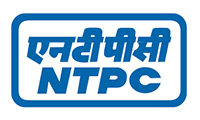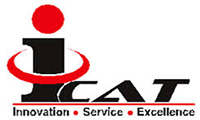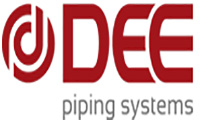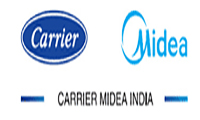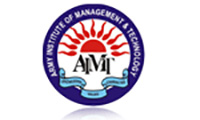-
Greater Noida , India
-
Mon-Sat 10.00 AM - 06.00 PM
-
info@qualitysolutions.co.in
-
9873335231
Six Sigma Training Service
Approx Price: Rs 7.5 Lakh / Onwards
Six Sigma Consultancy is a management philosophy developed by Motorola that emphasizes setting extremely high objectives, collecting data, and analyzing results to a fine degree as a way to reduce defects in products and services. The Greek letter sigma is sometimes used to denote variation from a standard. The philosophy behind Six Sigma is that if you measure how many defects are in a process, you can figure out how to systematically eliminate them and get as close to perfection as possible. In order for a company to achieve Six Sigma, it cannot produce more than 3-4 defects per million opportunities, where an opportunity is defined as a chance for nonconformance.
Processes:
- There are two Six Sigma Consultancy processes: Six Sigma DMAIC and Six Sigma DMADV, each term derived from the major steps in the process.
DMAIC:
- Six Sigma DMAIC is a process that defines, measures, analyzes, improves, and controls existing processes that fall below the Six Sigma specification. Central Six Sigma process and acronym to ensure you remember it: Define, Measure, Analyse, Improve, Control, more recently extended to DMAICT by others in the Six Sigma consulting and training communities, to Transfer(transfer best practice and thereby share learning).
DMADV:
- Six Sigma DMADV defines, measures, analyzes, designs, and verifies new processes or products that are trying to achieve Six Sigma quality. An alternative/substitute abbreviation to DFSS (Design For Six Sigma), and like DFSS DMADV is central to Six Sigma initiatives. DMADV more specifically describes a method comprising linked steps; Define, Measure, Analyze, Design, Verify, for ensuring that products and processes are designed at the outset to meet Six Sigma requirements. All Six Sigma processes are executed by Six Sigma Green Belts or Six Sigma Black Belts, which are then overseen by a Six Sigma Master Black Belts, terms created by Motorola.
- Statistics is at the core of the Six Sigma methodology. Six Sigma focuses on using data to problem solve and creates systematic approaches to lowering deficiencies. Because data is at the core of the Six Sigma methodology, statistical analysis and tools are commonly used. It is important to note that while the Six Sigma methodology is data driven at its core, rudimentary statistical tools and analysis are usually proficient.
- The statistical representation of Six Sigma describes quantitatively how a process is performing. To achieve Six Sigma, a process must not produce more than 3-4 defects per million opportunities. A Six Sigma defect is defined as anything outside of customer specifications. A Six Sigma opportunity is then the total quantity of chances for a defect. Process sigma can easily be calculated using a Six Sigma calculator.
Six Sigma Training Service
The Greek letter sigma is sometimes used to denote variation from a standard. The philosophy behind Six Sigma is that if you measure how many defects are in a process, you can figure out how to systematically eliminate them and get as close to perfection as possible.


